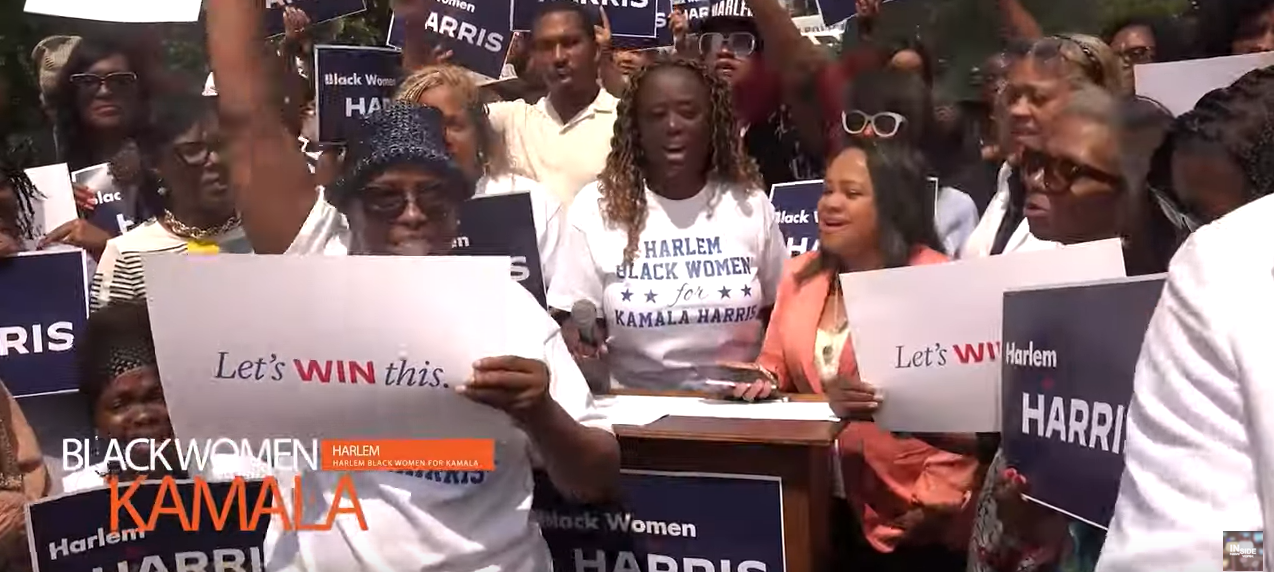Correlations between drop-out rates, test scores, and incarceration are familiar. Perhaps recent education cases are less so. Current school cases are rarely racial, outright. It is a geographical clash over funding, especially funding urban school districts.
[The Clarion Call]


Longevity has its place.
In Dr. Martin Luther King’s last sermon, he envisioned a Promised Land. An America without racial segregation he would not live to see.
Robert L. Carter, 94, known as the architect of school desegregation, passed away recently. Before Carter became a federal judge, he was a civil rights attorney. Carter was a crucial member of the Brown v. Board of Education litigation team.
Thurgood Marshall receives a great deal of credit. However, Robert Carter wove the intricate pieces blending psychological reports of emotionally damaged Black school children with constitutional law to produce the successful arguments which defeated racial segregation in public schools. Judge Carter lived long enough to see the dedication of the MLK memorial and the re-segregation of America’s public education system.
Noted civil rights icons, Derrick Bell and Reverend Fred Shuttlesworth passed away in 2011. Both men fought to create a reality from the promise of Brown v. Board. Born in 1930, the genteel Derrick Bell argued education desegregation cases on behalf of Black children. However, Bell grew uncomfortable with the great weight borne by Black children bussed and neglected in the name of integration. He even came to question whether Brown would forever be more symbol than substance. Yet, as a law professor and writer he relished his role as an advocate for racial justice. In the post- King decades, Bell watched as White flight re-segregated public schools and states under-funded them.
Born in 1922, Reverend Fred Shuttlesworth, a fiery preacher, openly challenged the racism of Mayor Eugene “Bull” Connor of Birmingham, Alabama. He was the target of a 1956 bombing, on Christmas Day; but, arose from those ashes unscathed.
It was Brown that first riveted Shuttlesworth toward civil rights protests. Shuttlesworth was quoted as saying the Brown decision, outlawing segregation in schools, made him feel “like a man. Like I had rights.” Shuttlesworth, Dr. King, and Reverend Ralph Abernathy would found the Southern Christian Leadership Conference (SCLC), a civil rights organization, to channel the power of the clergy into the fight for racial justice. Even in his elder years, Shuttlesworth attempted to revive the activist mission of SCLC. He lived long enough to observe those who benefited from a desegregated education vanish behind an illusion of inclusion.
Urban school districts became majority minority. School board members squabble while their school districts lose accreditation. Correlations between drop-out rates, test scores, and incarceration are familiar. Perhaps recent education cases are less so. Current school cases are rarely racial, outright. It is a geographical clash over funding, especially funding urban school districts.
Under state constitutions, students must receive a “basic education.” On January 5, 2012, the Supreme Court of Washington ruled in McCleary v. Washington, the state failed to provide a basic education due to widespread underfunding. Federal money influences them; however, states are responsible for K-12 education. There is no right to education in the U.S. Constitution.
Defining a basic education for “urban” students becomes paramount. Litigation in New York’s Campaign for Fiscal Equity (CFE) challenging the underfunding of New York City schools revealed an appeals court where judges define the state’s basic education obligation as teaching children to read a voting ballot and fill out an employment application.
In other words, urban school children need only enough education to join a perpetual labor class. CFE’s eventual success meant little due to an economically depleted state budget. Once inside underfunded schools, too often students in regular classrooms are Black and Latino while the majority of students in the honors classes and academically gifted programs are not.
Post-race idealism makes racism a figment of one’s imagination. In 2007, the U.S. Supreme Court decided (5-4) in favor of White parents who challenged race-based school admissions in Seattle and Louisville. Ignoring America’s racial past and present, Chief Justice John Roberts wrote “the way to stop discrimination on the basis of race is to stop discriminating on the basis of race.” His admonition bodes ill for affirmative action in education.
What would Martin Luther King do? He would fight. Dr. King spoke of the dignity of labor. A street sweeper should sweep streets as Michelangelo painted or Beethoven composed music. However, when the education provided to students intentionally channels them into sweeping streets then the public school system should be challenged. Educational deprivation limits a lifetime of choices. The loss of generations of unrealized talent is worthy of a fight in the courthouse and beyond.
America’s last warriors of the civil rights era are passing away. Their powerful legacies have become our inheritance. The battle is inherited, as well. As living testaments to the dream, it is time to step forward and embrace our destiny. Remember Dr. King’s assurance “the arc of the moral universe is long. But, it bends toward justice.”
Gloria J. Browne-Marshall, an associate professor of Constitutional Law at John Jay College in New York City, is the director/founder of The Law and Policy Group, Inc., and author of “Race, Law, and American Society: 1607 to Present” and “The U.S. Constitution: An African-American Context.”







